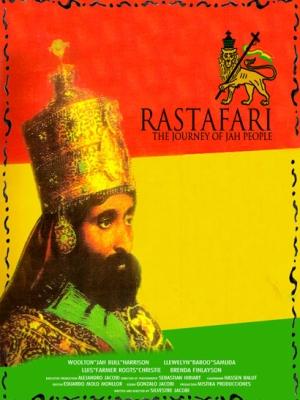Bob Marley’s music continues to have a positive effect on many who listen to it. Rasta or not, his music provides both a relaxing and intellectual outlet, in addition to an intriguing message that he conveys regarding his life and faith in each song. In class we examined the song “Exodus” which called for an exodus from Babylon due to the oppression and injustice that’s exists. In quite a few of Marley’s songs, he addresses two topics that are inter related, 1) Leaving Babylon for Zion, and 2) From this a close similarity to the scaffolding of the Israelite ideology can be seen.
Due to the characteristics of the living situation of the Rastafari who lived elsewhere besides Ethiopia, Babylon is referenced making a connection from the Rastafari to the ancient Israelites who faced the “Babylonian Captivity”. This is a reoccurring theme in many of Marley’s song, whether it be facing oppression in present day Babylon, or turning ones back on capitalist ideology.
Another song that I came across while listening to Bob was the “Rasta Man Chant”. During this song, although quite simple lyrically, he conveys the fall of Babylon. Repeating “Babylon your throne gone down” as the chorus, the message is quite clear, and the rejection and dissatisfaction with Babylon is evident. Later in the song he sings,” I say fly away home to Zion”. Similar to the Israelite view of Jerusalem being Zion, the Rastafari believe that their original home of Ethiopia is Zion. Just as the Israelites had a final destination, the Rastafari mirror that with their emphasis on and desire to return to “Zion”. Finally, he conveys his main desire he wishes to project to the song. “One bright morning when my work is over, Man will fly away home”.
While commonly not perceived correctly, especially by college students, Bob wrote music and lived his lifestyle the way he did for Religious purposes, not just to “chill” and be a laid back pot smoker. Using the Rastafarian principles, which are pretty closely related to that of the ancient Israelites, Bob was promoting and living a valid religious message, and effectively encompassed this in his music.











